The earlier part of this series highlighted the traditional homes of northern India. In this section, we shall delve into the homes of southern India and take a look at the old traditional homes that have always been the landmarks of a joint family system, a concept that has been and in many ways is still an integral part of Indian culture.
Traditional Homes of Tamil Nadu
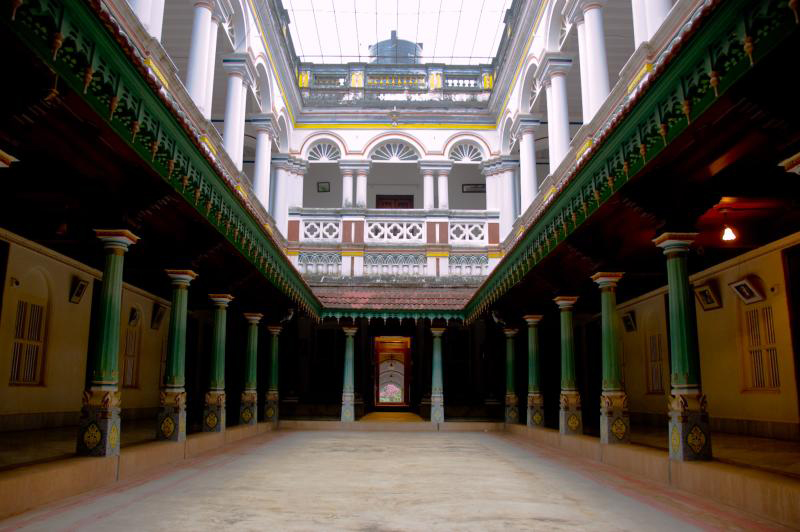
The state of Tamil Nadu covers a large area, as well as, finds itself home to different geographies. On the eastern coast lies the Bay Bengal, whereas, on the west the Nilgiri Mountains tower. The land in between is often termed as semi – arid and hence the architecture of its traditional homes also vary in many nuances across the board. However, the basic structure does not alter much, though Tamil Nadu homes can be distinguished or classified further into sub parts. Also, the classification is not based alone on the regional variations, but also on class variations. A rich, prosperous traditional home looks different from that of a poor man. Where the poor used mud and rice husk the rich used sundried and mud bricks. However the lime plaster on the walls to reflect the sunlight remains the constant material in the building of the homes. Some other features in Tamil Nadu traditional homes that are same almost everywhere is courtyard in the interior of the house, as well as the raised verandah called the Thinnai in the front or at times all around the house, used for social functions as well as family gatherings.
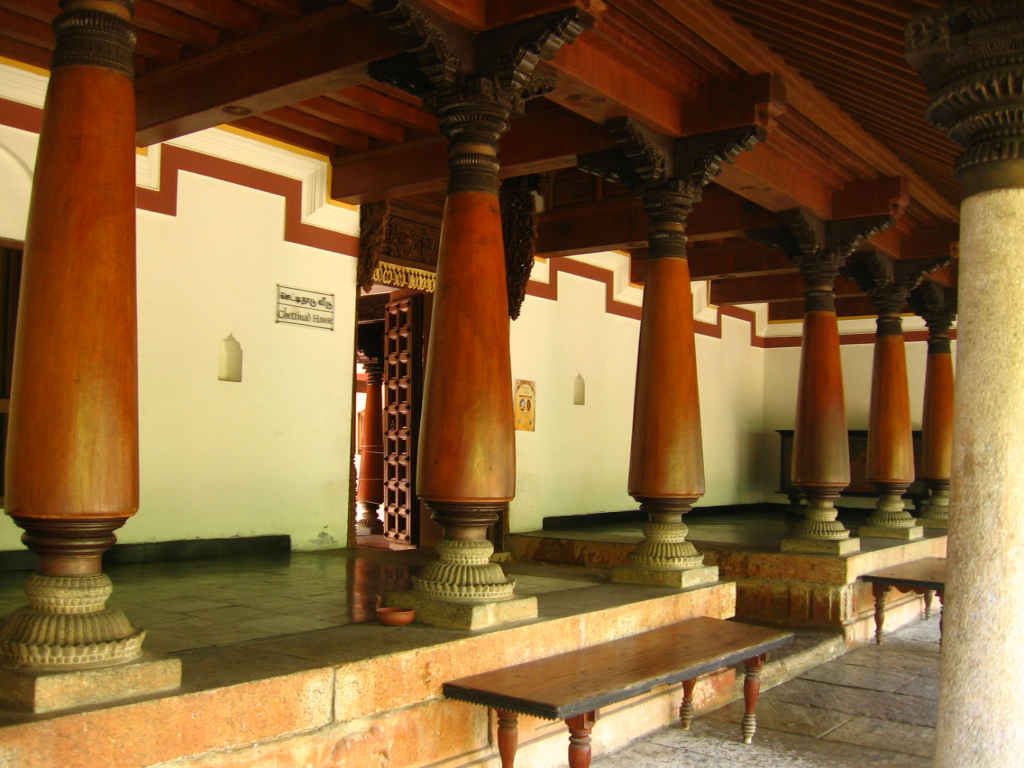
Chettinad homes – The Chettinad region within Tamil Nadu merits special mention here for its type of architecture. Chettinad, home to the prosperous business community, has carved out a distinct cultural identity which reflects in its architecture, cuisine and temples. Chettinad homes characterized by their use of teak and marble, often flaunt beautiful pillars on the verandah as well as two towers on either side of the front verandah that contain rooms used exclusively to conduct business. The intricately carved front door leads to the thinnai/verandah called Muggapu where photos of the older generation of the family lie. The courtyard inside is also surrounded by pillars and leads to the various different rooms. Another courtyard at the rear of the house acts the meeting place for the women of the house who cook and socialize in its wake.
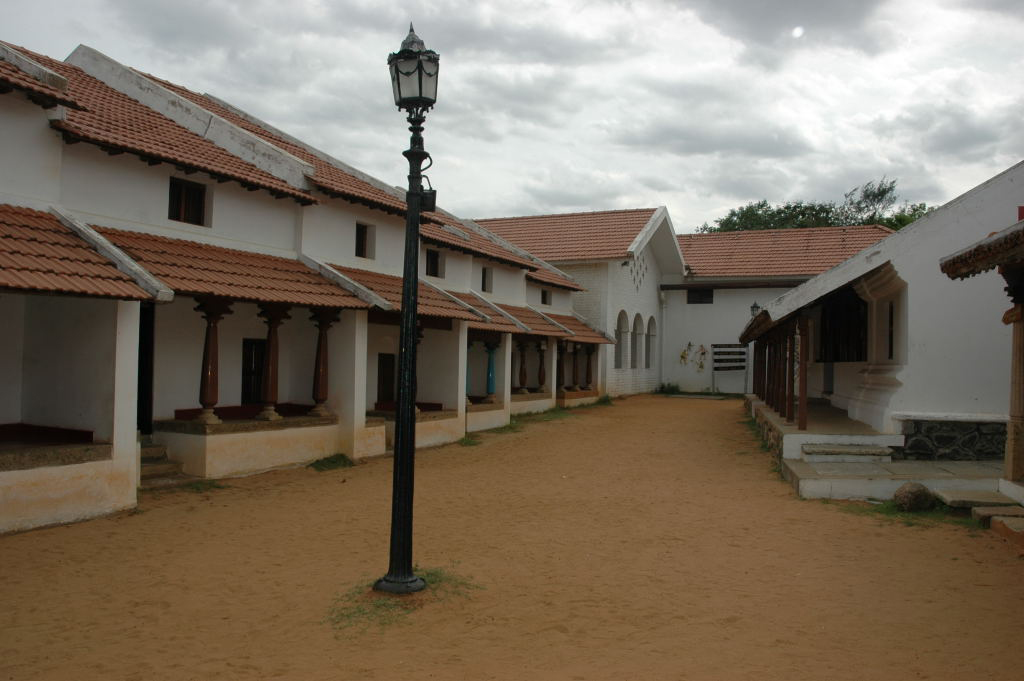
Brahmin Agraharam – Agraharam means a grant or royal income to Brahmins for religious purpose of building temples and sustaining their families. The agraharams have a line of Brahmin homes on both sides of the street that leads to the temple, with the temple at the village center. This layout of the Brahmin homes is in the form of a garland around the temple. This distinct form of planning is found in many areas of the state. The agraharam homes are usually single or double storied but do not have an inner courtyard.
Some other typical features of homes in Tamil Nadu include the rangoli design on the red oxide floors, an uruli, a shallow pot kept outside the entrance filled with water and floating flowers, jhoolas known as oonjal as well as Tanjore paintings and a Puja room.
Traditional Homes of Kerala
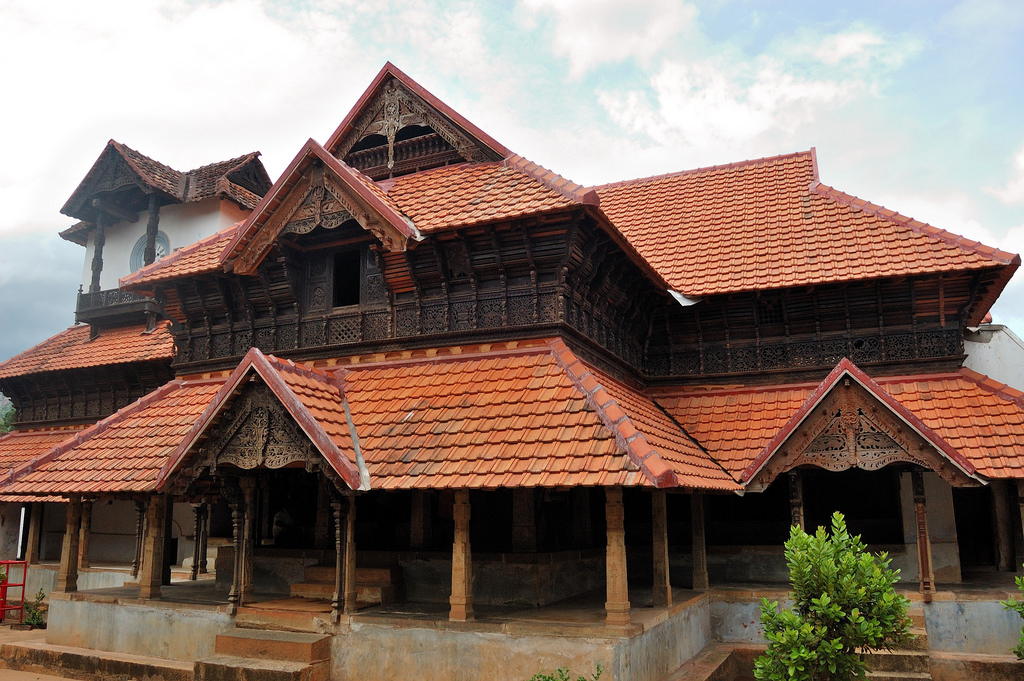
God’s own country is also known for its comfortable sprawling traditional homes. In spite of covering a large area and surrounded by its very own garden, Kerala traditional homes are truly what one calls ‘home’. It rings a sense of homeliness with its large airy rooms, rafters on high ceilings and wooden carved windows. The neighboring houses are not too clustered, and in fact are placed from each other at considerable distance unlike traditional homes of Tamil Nadu. Called the Parambu or Thodi the surrounding land around the houses grow fruits, vegetables and coconut trees fluttering at the periphery are not an uncommon sight at all. The layout of the homes thus reflects the way Kerala is – fertile, vegetative and always with an abundance of water. Some houses also have a well within their premise.
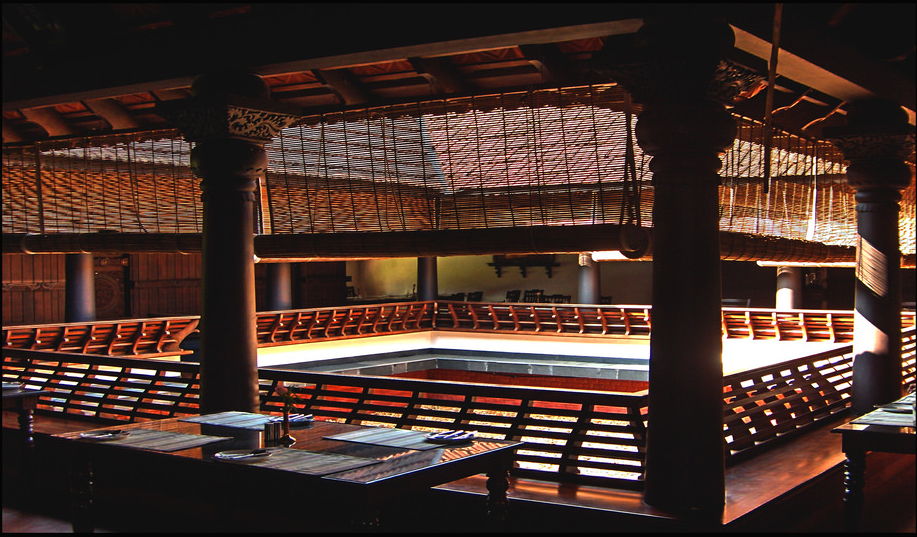
Nalukettu or the traditional homestead where generations of family lived together is an essential feature of Kerala. The four walls joined together with an open central courtyard, these homes have a simple layout with excellent ventilation. Worth special mention are some of the homes of Calicut, where a section of the inner courtyard is kept open to allow sunlight and rain to hit the floor directly leading to some of the best childhood memories of playing in the rain.
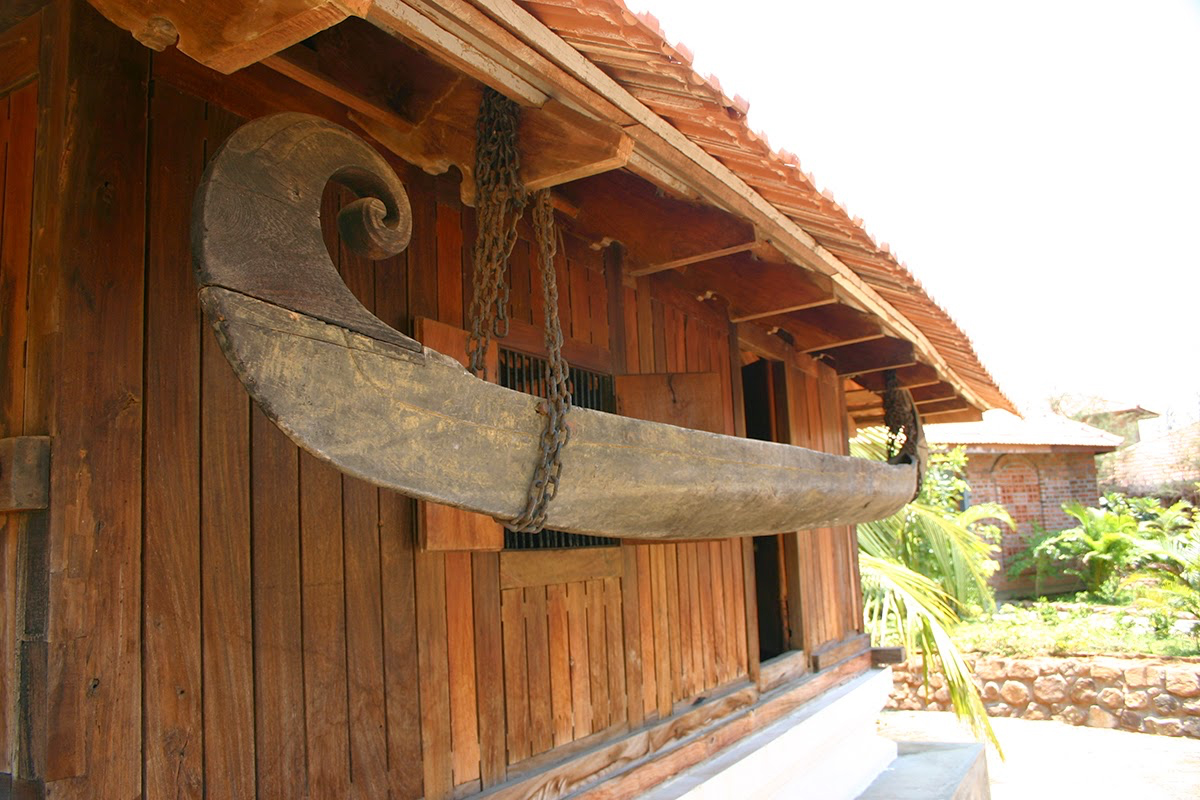
Kerala houses too have two courtyards, one inner and the other outer. The gabled roof and the clay roof shingles are much more resistant in the wet weather. The usage of wood as a construction material is evident, the poomukham or elevated entrance of the house is used to greet guests and outsiders. The pillared verandah leads to the main beautifully carved main door. Many homes also have the granary, cowshed as well as, prayer room or practice room for martial arts such as Kalarippayattu.
Traditional Homes of Telangana and Andhra Pradesh
This southern region can again be subdivided into the Telangana, Rayalseema and coastal Andhra belt. Where on one hand, Rayalseema lies in the plateau region and is famous for black slate stone used in the floors and roofing of the homes, Telangana was predominantly influenced by Muslim architecture due to its rule under the Nizam dynasty. These homes flaunt the arches, carved screens in stone as well as Urdu calligraphy. Round circular clustered homes with thatched roofs called chuttillu or Middillu are common in coastal Andhra to help them survive strong cyclonic activity. However, these are fast disappearing giving way to modern homes.
The manduva logili homes found in the districts of Godavri, Guntur, Nellore, Vijaynagaram are characterized by the inner courtyard with rooms around or a large hall that stretches across the house. Usually made of red bricks and featuring a well thought of drainage system, the homes are adorned with wooden pillars of teak or rosewood.
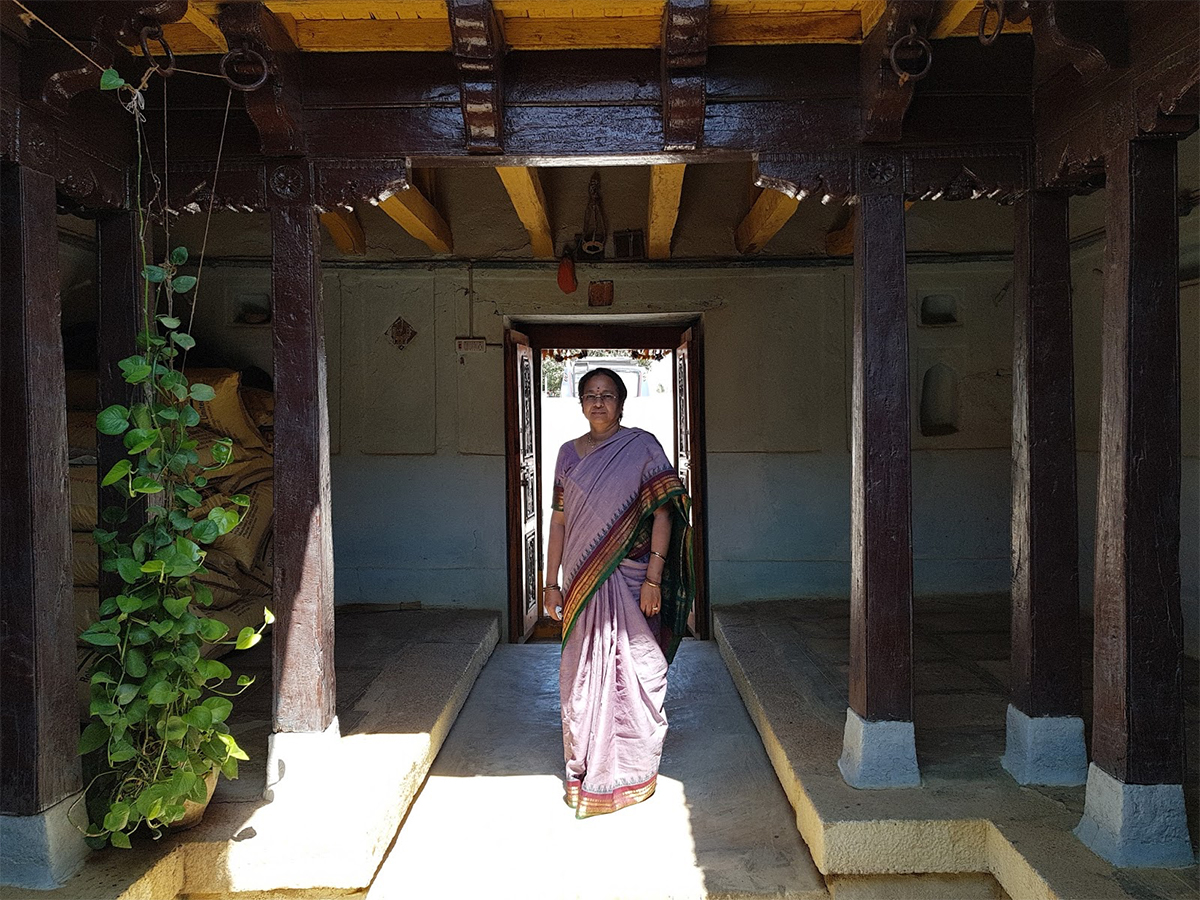
The agraharams of Tamil Nadu, or the nalukettus of Kerala, the Gutthu houses of Karnataka or the wada homes of Maharashtra, traditional homes of India, are a clear reflection of what they value the most – open central places for opening conversations, the pillars that strengthen the family, the elevated verandah that rise above petty issues and the elaborately designed entrance door to welcome all with open hearts.
Traditional Homes of Karnataka
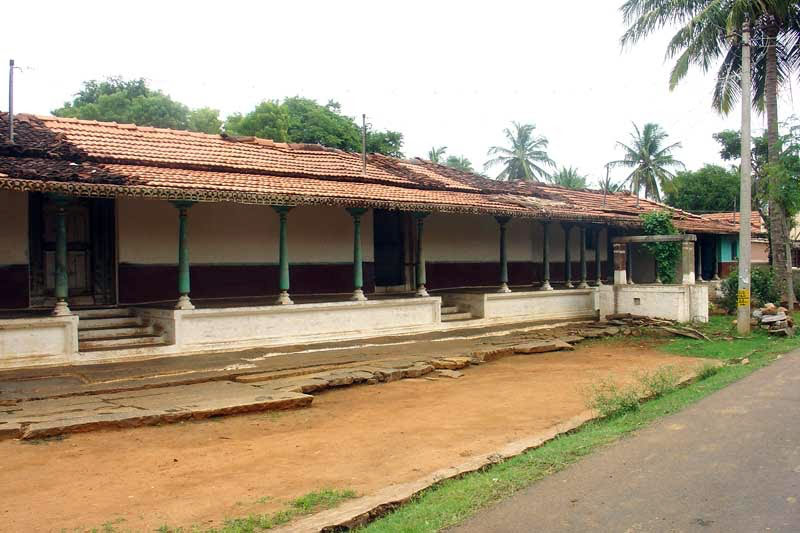
In India’s towns and rural settlements, where ancient and recent are interwoven, architectural distinctiveness exists in abundance. Karnataka particularly has many such dwellings. The archaism of the architecture of Karnataka can be traced back to its southern Neolithic and early Iron Age. The upper or late Neolithic people make their shelters, constructed huts made of wattle and doab, that were buttressed by stone boulders, presumably having conical roof resting on the bamboo or wooden posts into red murram or paved granite chips as revealed in archaeological excavations in sites like Brhamagiri (Chitradurga district), Sanganakallu, Tekkalakota (Bellary district), Piklihal (Raichur district).
In the northern Karnataka area, the most widely adopted building material is stone. In the southern-west Karnataka, more timber is used to build the home rightfully pointing to the Kerala influence.
Guthu Mane
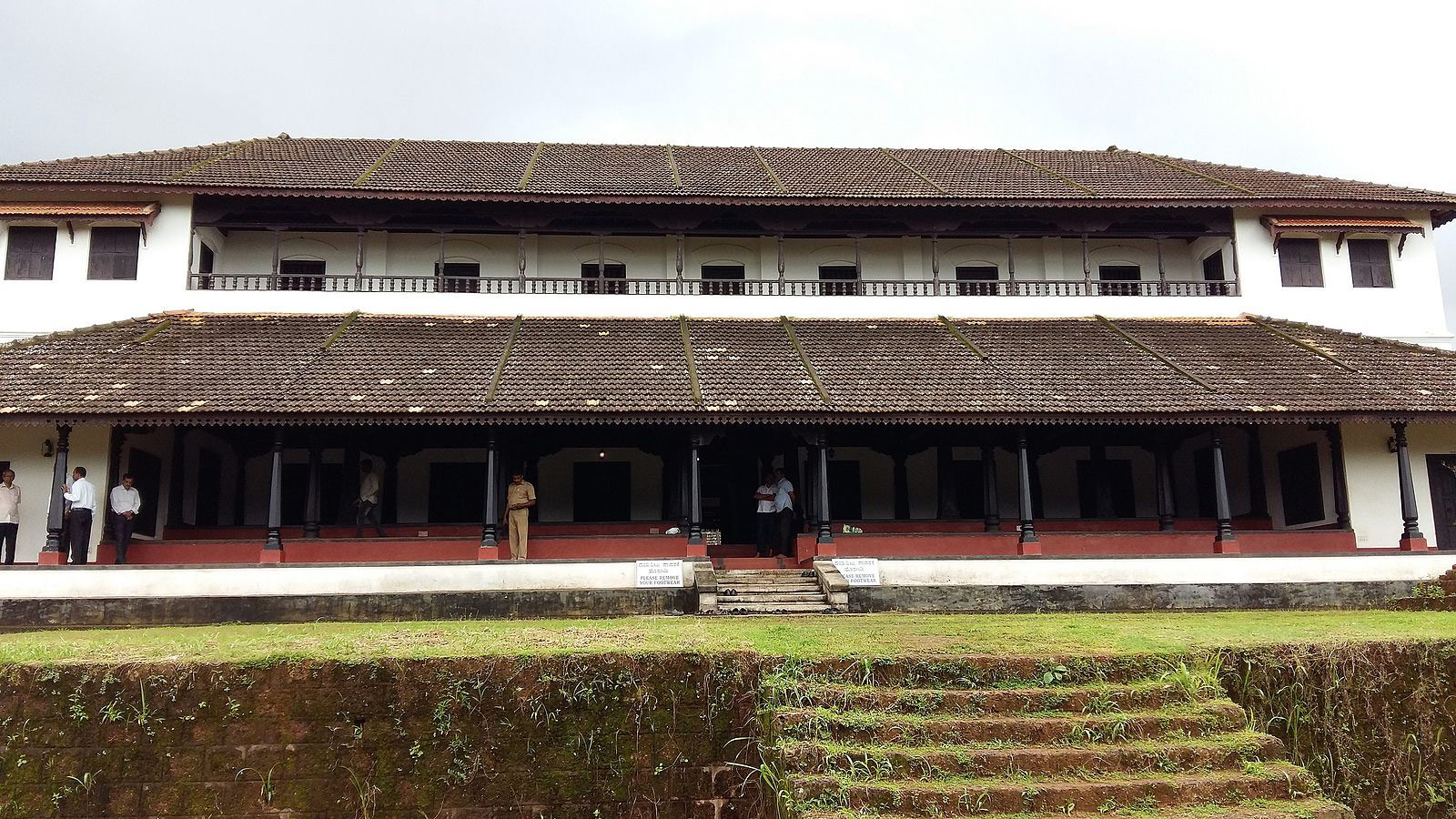
Traditional Guthu Mane were built by the Bunt community of Karnataka. Guthu Mane which means “home of prestige”. The houses were constructed meticulously and fit the requirements of the matrilineal joint families that inhabited them.
Guthu Manes were built in the centre of the estates that each family occupied.
The architecture of these homes ensued with Vastu principles. Guthu houses look like mini temples from the outside. Identified by their distinct sloping roofs with Mangalore tiles and enormous courtyards that overlook paddy fields, Guthu houses are a reminder of a bygone era. They signified the wealth and prestige that the wealthy landlords who built these houses had. Exquisite care was taken to ensure that not only did Guthu houses invoke grandeur, but keeping in mind Mangalore’s often oppressive heat and humidity as a coastal region and were built accordingly.
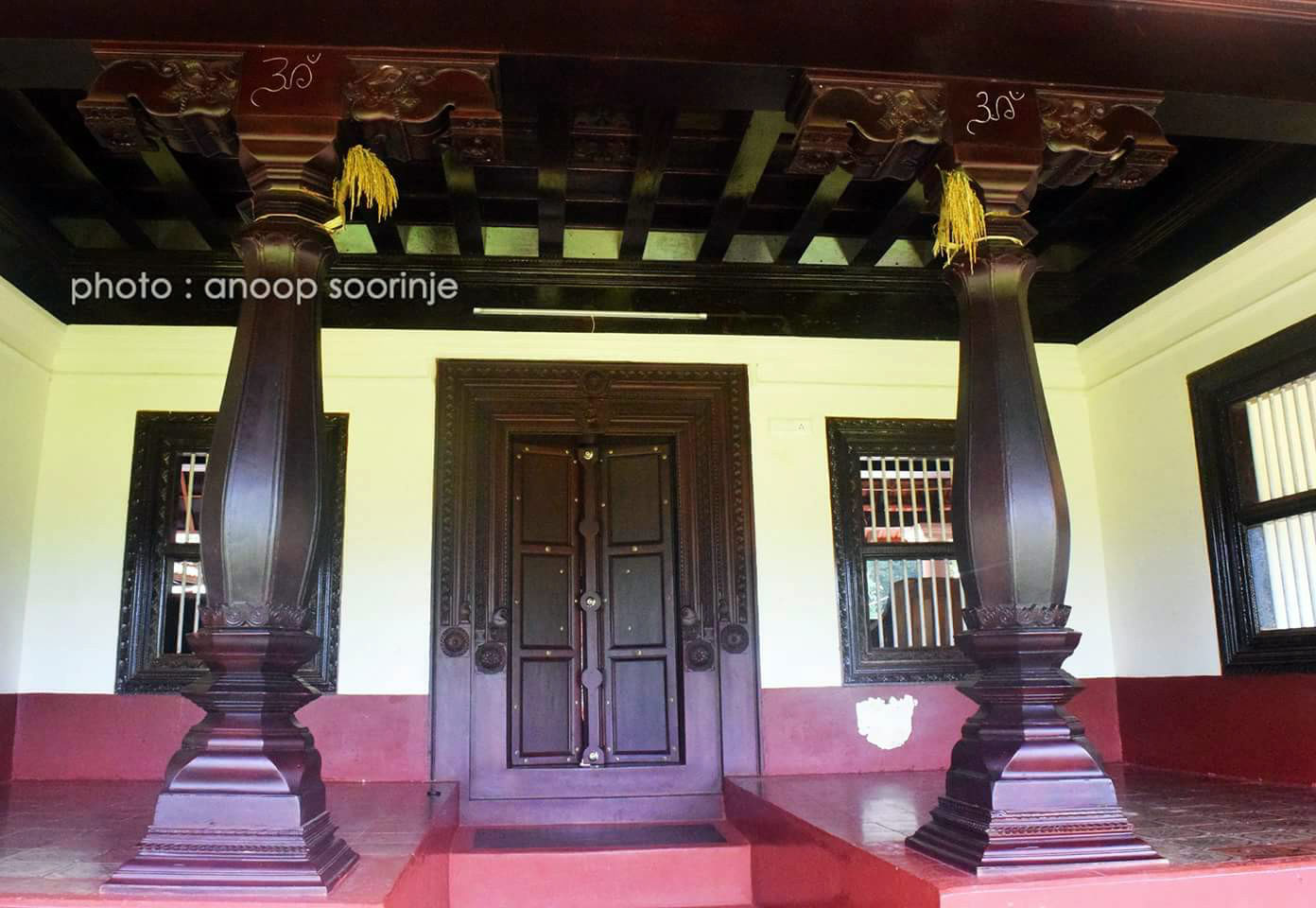
The open space in front of the house beyond the main gate was known as jaal. In one section of this space, there was shade made from woven dried coconut leaves referred to as madal da dompa. They were meant to serve as protection from extreme heat. In another part of the jaal, a flat stone slab called ‘kall chapadi’ and a rock-cut container for the water called ‘kalla marai’ was kept so that guests may wash their feet before entering the home.
All Guthu houses had a veranda (Mogasale) that acted as a sit-out and beautiful doors were made from intricately carved teakwood or rosewood. Ornate and exquisitely sculpted wooden pillars decorated the interiors of the inner courtyard. These pillars supported a decorated wooden ceiling, which usually had designs of mango and floral motifs, foliage, and coin patterns. Solid wooden beams called jantis held this grand ceiling.
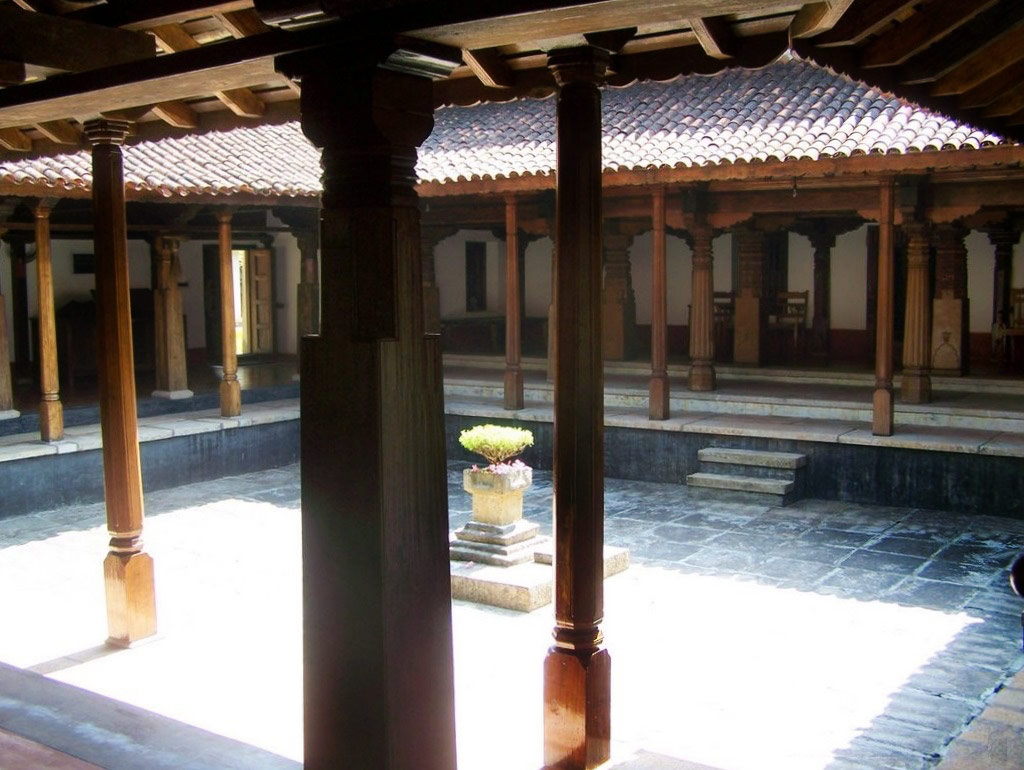
The central portion of the home – the padsale was reserved for the women of the house and was not accessible by non-bunts. The homes also possessed deverna kone or rooms devoted to worshipping deities. The first floor or malige was accessed by an ascent of stairs which led to spacious bedrooms. The kitchen, referred to as adpil, was usually located in the southeast corner of the house.
Guthu houses usually emphasised a lot of woodwork. Wooden swings where the head of the house rested, chests, cabinets, shelves, chairs, writing desks, reclining chairs and the quintessential vakil bench were all components of these homes. They all had beautifully intricate carvings, which were often inlaid with ivory.
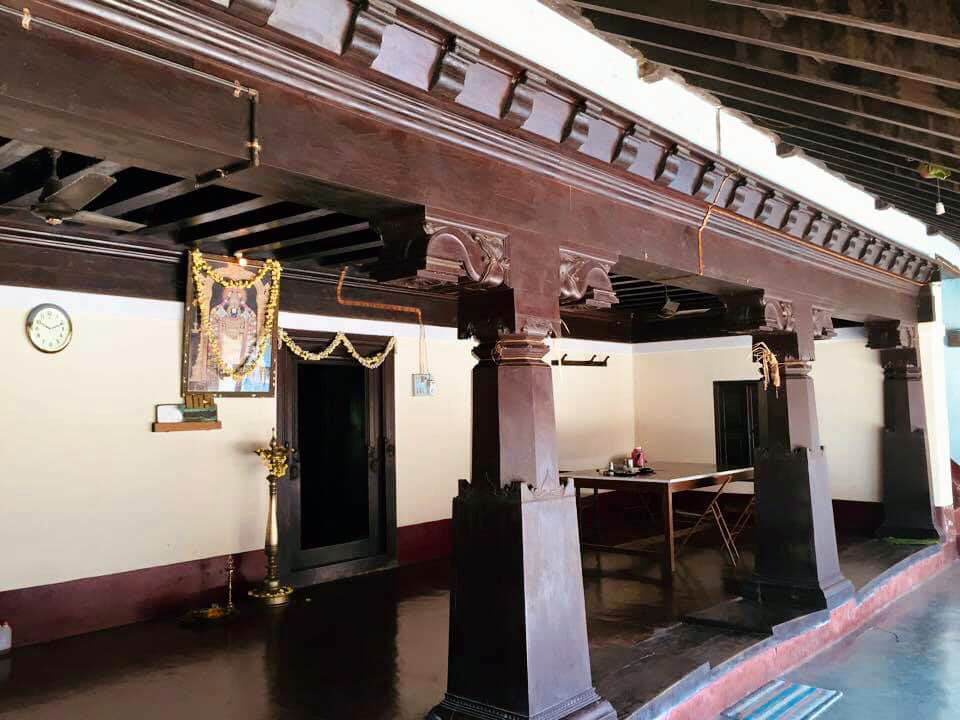
Like the traditional homes of other cultures, Guthu houses were designed and built with a delicate balance between functionality and aesthetics. Using locally available resources and expertise to display their cultural identity, the Bunt community homes were examples of pragmatic planning and an eye for detail.









This is well-written piece, but is marred by some silly mistakes, can help rectify them.
Please help us to Rectify!
Couldn’t find Karnataka.. isn’t it part of South India as the title suggests.
Hi Tanu, thanks for pointing it out, we will add it shortly. Thanks
Introspective and a handy accumulation of the unique architectural styles of states across South India .
Thanks Sudipta 🙂
Best blog with beautiful pillars of teak. Chettinadu homes are beautified by pillars. All the old style home of god’s own country look unique. Nisarga Builders a are dedicated to designing, developing and constructing the finest homes in the Bangalore
Thanks 🙂